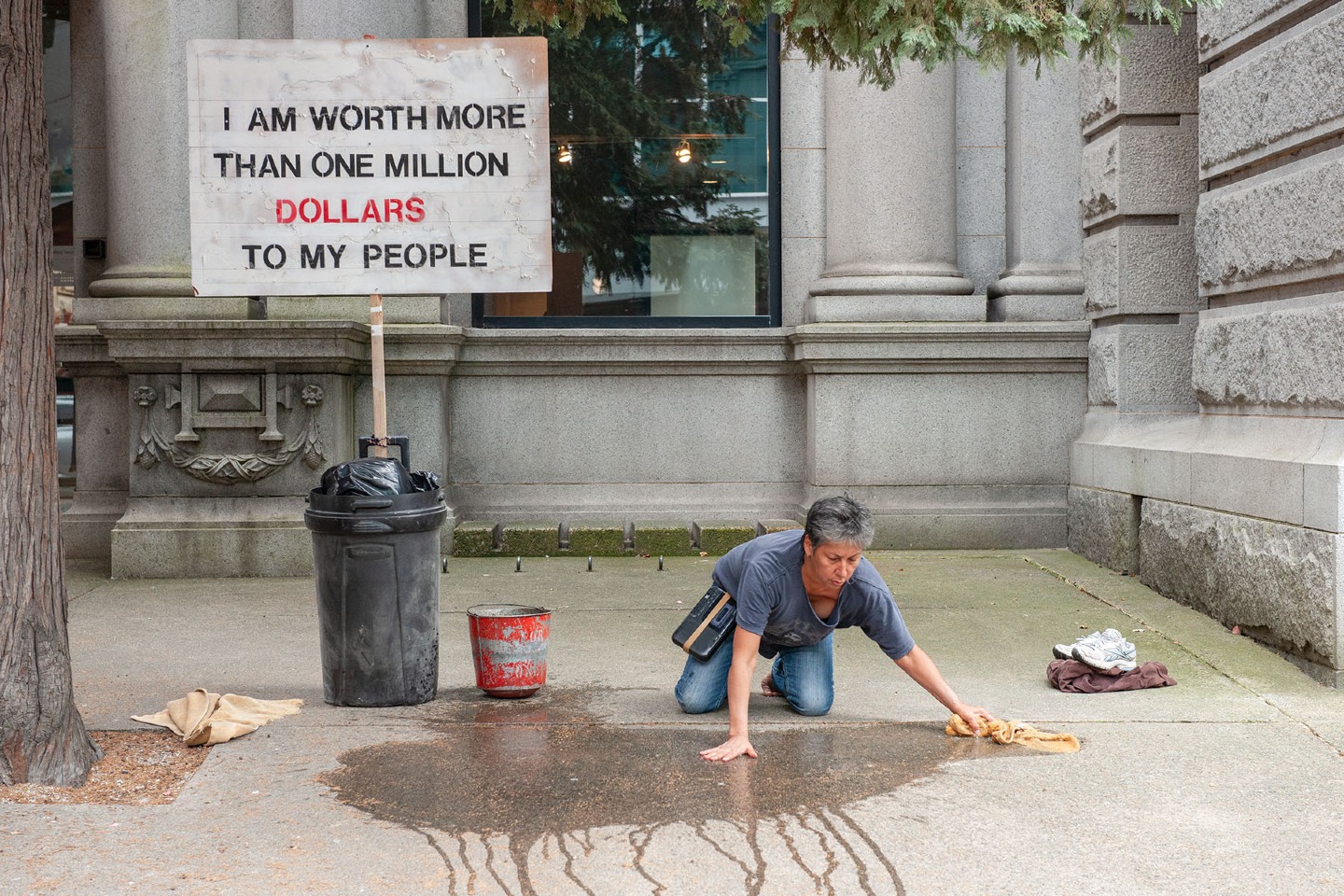The Inscribed Studio Photos as I-Portrait: Photographing a New Self in Early Twentieth-Century China
Presented as part of the Joan Carlisle-Irving Lecture Series
This event is free and open to the public. Please join us for a reception following the talk.
Please contact the AHVA Visual Resources Centre for access to the event recording: ahva.vrc@ubc.ca.
Portraiture and self-portraiture are two standard genres in visual art, including photography. A self-portrait is a likeness whose subject is the artist him/herself; a portrait is a representation of a person made by someone else. This lecture investigates some photographs which disrupt this seemingly self-evident classification of images. These examples belong to a group of studio portraits that bear the sitters’ inscriptions. I suggest that when an inscription is imbued with a distinct “I” voice and expresses the sitter’s personal experience and aspiration, it transforms the anonymous portrait into an I-portraits. The main part of the talk discusses several images related to the “queue-cutting” movement in early twentieth-century China, before and after the Republican Revolution in 1911 that ended the country’s dynastic history. The final section contemplates how photography’s media specificity contributes to such transformation.
Wu Hung is the Harrie A. Vanderstappen Distinguished Service Professor in Chinese Art History at the Departments of Art History and East Asian Languages and Civilizations at the University of Chicago. He has published widely on both traditional and contemporary Chinese art. His interest in both has led him to experiment with different ways to integrate these conventionally separate phases into new kinds of art historical narratives, as exemplified by his Monumentality in Early Chinese Art and Architecture (1995), The Double Screen: Medium and Representation of Chinese Pictorial Art (1996), Remaking Beijing: Tiananmen Square: the Creation of a Political Space (2005), A Story of Ruins: Presence and Absence in Chinese Art and Visual Culture (2012), and Zooming In: Histories of Photography in China (2016). Several of his ongoing projects follow this direction to explore the interrelationship between art medium, pictorial image, and architectural space, the dialectical relationship between absence and presence in Chinese art and visual culture, and the relationship between art discourse and practice.
Wu Hung is also the director of the Center for the Art of East Asia, and consulting curator of the Smart Museum of Art at the University of Chicago. He will be delivering the Andrew W. Mellon Lectures at the National Art Gallery in 2019.

